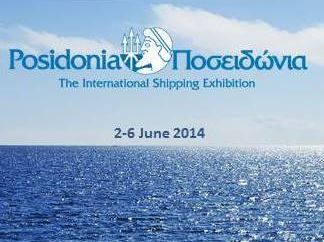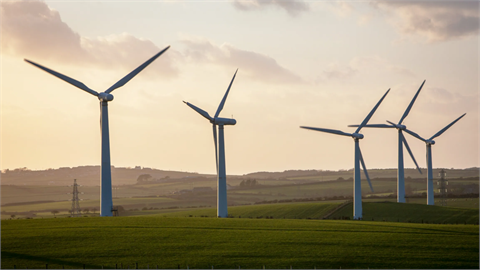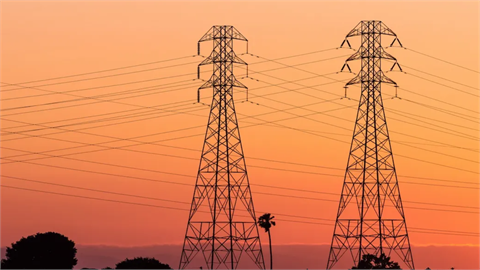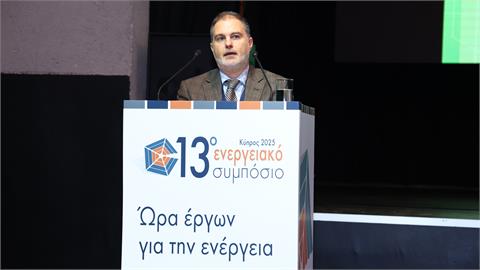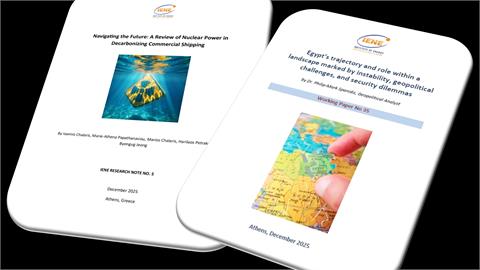Following an invitation by the Department of Shipping at the University of Peiraeus (Prof. El. Thalassinos), IENE’s Executive Director Mr. Costis Stambolis participated in a workshop of the aforementioned University on the sidelines of the Posidonia 2014 International Shipping Exhibition, which was held at the Athens Metropolitan Expo. The workshop’s theme concerned Pireaeus and its prospects as an international centre of maritime services.
Following an invitation by the Department of Shipping at the University of Peiraeus (Prof. El. Thalassinos), IENE’s Executive Director Mr. Costis Stambolis participated in a workshop of the aforementioned University on the sidelines of the Posidonia 2014 International Shipping Exhibition, which was held at the Athens Metropolitan Expo. The workshop’s theme concerned Pireaeus and its prospects as an international centre of maritime services.
The Posidonia International Shipping Exhibition, which ends today, is considered the leading event for the global shipping industry with more than 1,600 exhibitors and many thousands of visitors.
The subject of the presentation by IENE’s Executive Director focused on "The Role of the Greater Piraeus Area as Greece’s Primary Energy Gate”. As Mr. Stambolis noted, the Greater Piraeus area’s extension to the West covers a meandering coastline up to Corinth where Greece’s major energy facilities are located. These comprise three(3) major refineries, several tank farms, oil loading installations, extensive bunkering facilities, an LNG storage and gasification terminal, a coal terminal andtwo major power generation stations. Almost 65% of Greece’s energy inputs and 80% of oil and gas deliveries pass through this long and narrow coastal corridor which starts from Piraeus and extends west for approximately 80 kms.
As Mr. Stambolis pointed out, we have four major issues associated with this extraordinary concentration of industrial energy related activities in such a confined area:
(i)Employment in the energy related industrial and services sector
(ii)Investment and business opportunities
(iii)Environmental protection and quality assurance
(iv)Environmental, risk and security threats
In view of the large concentration of oil and gas activities in this elongated land strip a number of environmental and security issues are at play. If we were to examine the future of this industry over a 20-25 year timespan there is clearly a need for an integrated approach which should cover environmental performance(i.e greenhouse gases monitoring, environmental standards compliance etc) sea and land based accidents and security threats. Although the operation of each installation is governed by strict environmental and operational standards and guidelines there appears to be lack of a coordinated framework which should also include sea traffic management.
The setting up of such coordinated approach, stressed Mr. Stambolis in his concluding remarks, could lead to the full time operation of a coordinating, monitoring and control body and should be the subject of a broad public dialogue with the full participation of the companies concerned involved and of the related public agencies and government bodies.
